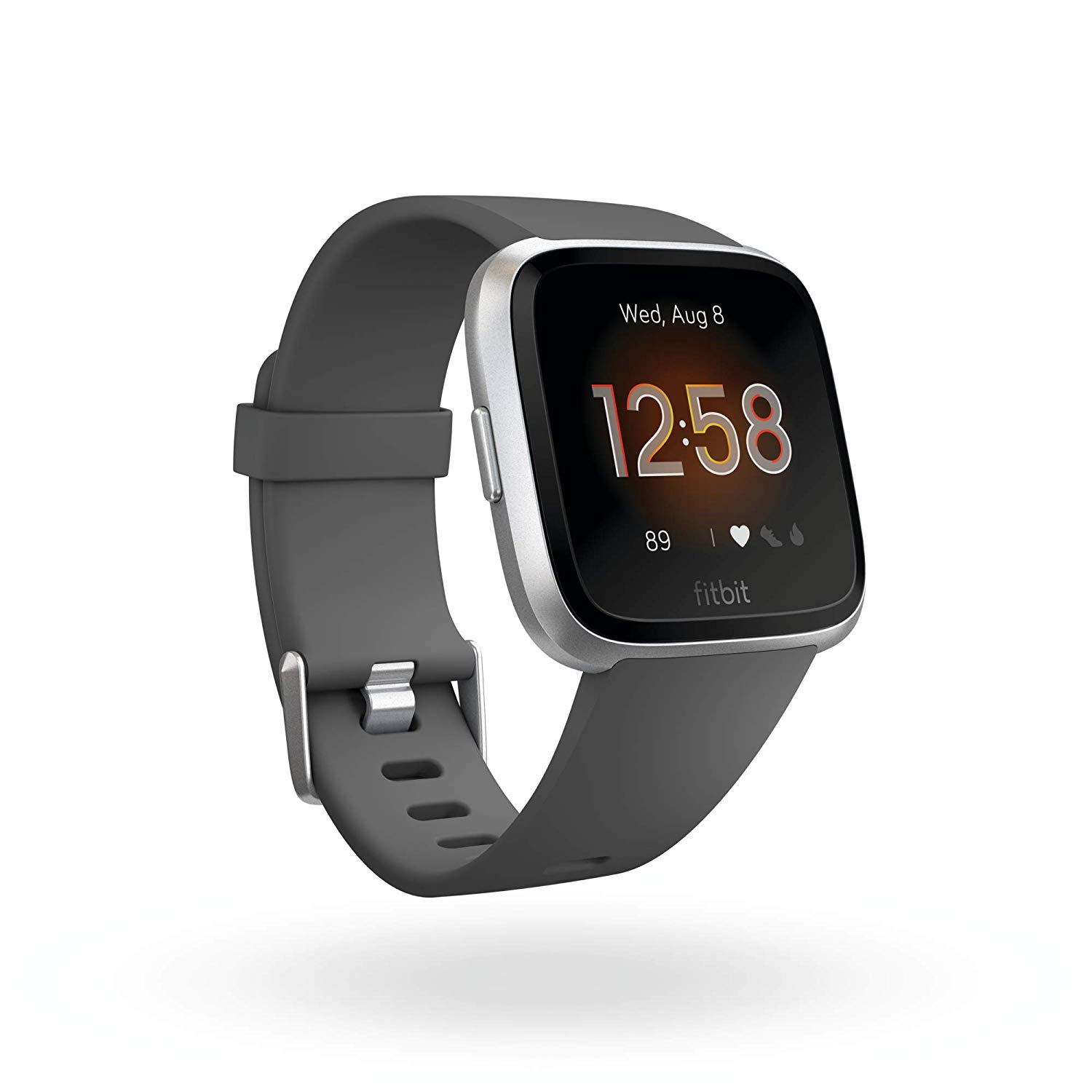
Once inside the Health Metrics area, you’ll find an overview of your day along with another tab for trends that hit those 7-day, 30-day, and 90-day lengths of time.Gurman says Apple’s non-invasive approach will use optical absorption spectroscopy. To access your Health Metrics dashboard, you’ll head into the Fitbit app and scroll on the main page until you see “Health Metrics.” If for some reason you aren’t seeing it, you can tap the “Edit” button up top and then add it to your main dashboard. Did you workout more or less, eat 8 slices of pizza, drink 5 beers or sip a couple of cocktails before bed, or get a horrible night’s sleep? All of that can have an effect on these numbers. If anything, as you track these metrics, you start to learn what your baseline is and if one ends up being off in a day, you can start asking questions about your previous day. While not to be used as a replacement for professional medical guidance, this information can be handy if tracking a cycle, wondering if you might be getting sick (or are battling something), and if you are improving your health over time (or its getting worse). This data can be viewed as a daily measure and also from a trend perspective at 7-day, 30-day, and 90-day intervals. Previously a Fitbit Premium feature, Health Metrics shows you breathing rate, skin temperature (if supported), Oxygen saturation (SpO2), resting heart rate (RHR), and heartrate variability (HRV).

Google and Fitbit announced that the Health Metrics tab within the Fitbit app that shows you important health-related info over time is now included for all users at no cost. Owners of a Pixel Watch or Fitbit device are getting a pretty solid free bonus today that they previously would have needed to pay for.


 0 kommentar(er)
0 kommentar(er)
